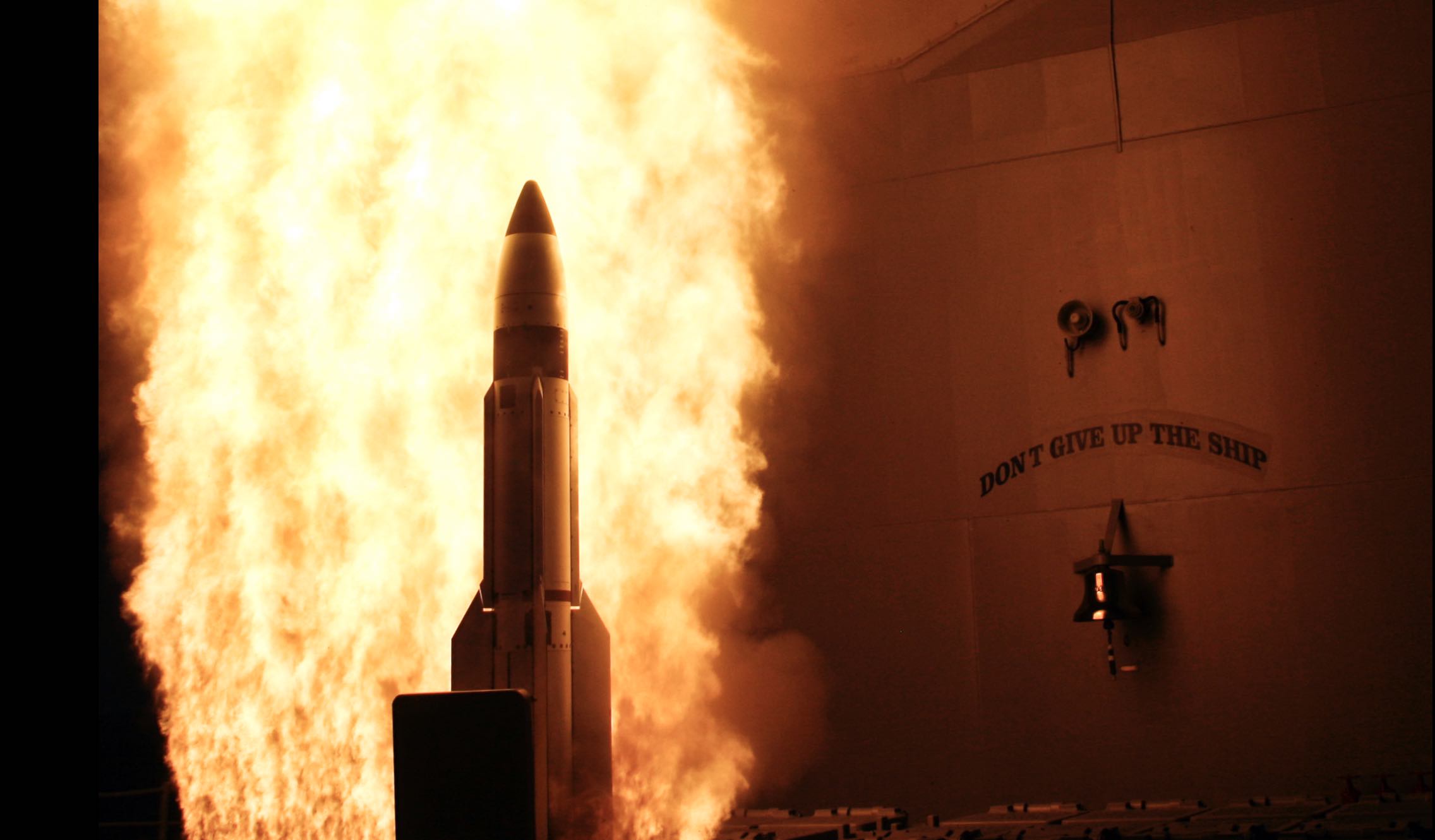


This strategic move underscores the Army’s recognition of the critical role space operations play in contemporary military engagements.
Historically, space operations were predominantly the domain of the U.S. Air Force and, more recently, the U.S. Space Force. However, as adversaries increasingly target space-based assets—such as satellites used for communications, navigation, and intelligence gathering—the Army acknowledges the necessity of integrating counterspace capabilities into its operational framework.
Colonel Pete Atkinson, Space Division Chief at the Army Strategic Operations Directorate, emphasised the importance of this shift, stating that the inclusion of counterspace in the Army’s strategic priority list signifies a commitment to ensuring that these “consequential capabilities” receive the requisite resources.
The Army’s transformation memo, signed by Defence Secretary Peter Hegseth in April, identifies counterspace as one of several “consequential mission areas to accelerate.” Other areas highlighted include precision long-range fires, air and missile defence capabilities, cyber operations, and electronic warfare.
This comprehensive approach reflects the Army’s intent to modernise its capabilities to address the multifaceted challenges of modern warfare, where adversaries may seek to disrupt or degrade U.S. space assets to gain a tactical advantage.
In tandem with the budgetary emphasis on counterspace, the Army is progressing toward the establishment of a dedicated space branch. Brigadier General Donald Brooks, Deputy Commander of the Army Space and Missile Defence Command (SMDC), revealed that the plan to create this new branch is currently “in the approval process” at the senior service level.
This initiative aims to centralise space operations within the Army, ensuring a more cohesive and specialised approach to space-related missions. The establishment of the space branch is anticipated to enhance the Army’s ability to integrate space capabilities across various echelons and improve overall mission effectiveness.
A critical component of this transformation involves the expansion of the Army’s space operations personnel. SMDC has approved the creation of a new Military Occupational Specialty (MOS) for enlisted personnel, designated as the “40D Space Operations Specialist.” This MOS is set to activate in August 2026 and aims to double the number of service space specialists.
These specialists, along with officers in the “40 Alpha” space operations role, will be integrated across the Army, from brigade combat teams to higher echelons. This integration is designed to enhance the Army’s warfighting formations, making them more lethal and responsive to the dynamic challenges of modern combat.
The Army’s strategic pivot toward prioritising counterspace capabilities signifies a broader recognition of the integral role space plays in military operations. As adversaries develop and deploy counter-space technologies, the Army’s proactive stance aims to safeguard U.S. space assets and maintain operational superiority.
By investing in counterspace capabilities and expanding its space operations personnel, the Army is positioning itself to effectively counteract threats in the space domain, ensuring the protection and resilience of critical space-based assets.
The U.S. Army’s emphasis on counterspace capabilities aligns with broader international efforts to address the growing threats in the space domain. Recognising the strategic importance of space, NATO declared it as an operational domain in 2019, alongside air, land, sea, and cyber. This declaration underscores the Alliance’s commitment to integrating space into its collective defence framework.
In response to increasing threats from adversaries like Russia and China, NATO has been enhancing its space capabilities. The establishment of the NATO Space Centre at Allied Air Command in Ramstein, Germany, in 2020, serves as a hub for coordinating space operations and sharing information among member states.
Furthermore, NATO is investing over EUR 1 billion in satellite communications services for the period of 2020-2034, marking its largest-ever investment in this area. This investment aims to ensure secure and resilient communications for NATO forces, enabling effective command and control during operations.
The Alliance is also focusing on enhancing Space Domain Awareness (SDA) to better understand the space environment and detect potential threats. The development of the Strategic Space Situational Awareness System (3SAS) at NATO Headquarters is a key initiative in this regard, supported by EUR 6.7 million funding from Luxembourg.
Through these efforts, NATO aims to bolster its collective defence posture in the space domain, ensuring that member states can operate freely and securely in space, thereby deterring potential adversaries from exploiting vulnerabilities in this critical domain.
The U.S. Army’s decision to prioritise counterspace capabilities in its 2027 budget reflects a strategic acknowledgment of the evolving nature of warfare, where dominance in space is paramount. Through the establishment of a dedicated space branch and the enhancement of personnel expertise, the Army is taking decisive steps to integrate space operations into its core mission, ensuring readiness to confront the challenges of the modern battlefield.
Simultaneously, NATO’s concerted efforts to strengthen its space capabilities and enhance cooperation among member states demonstrate a unified approach to securing the space domain. These initiatives underscore the critical importance of space in contemporary military operations and the necessity for collective action to safeguard this vital domain.
– http://www.navy.mil/view_image.asp?id=55402 080220-N-XXXXX-025